The proposed North Shore Link transmission line project will be instrumental in creating a power highway in northern Ontario.
The new double-circuit 230-kilovolt line, formerly the Mississagi to Third Line, will reinforce the transmission system in northeastern Ontario and support growing electricity demands in the region.
The line will extend between the Mississagi Transformer Station, located west of Wharncliffe, and Third Line Transformer Station, located in Sault Ste. Marie.
“The North Shore Link is really one of two projects that are being closely, jointly developed and will be moving forward in construction,” said Sonny Karunakaran, vice-president of strategic projects and partnerships with Hydro One.
“The other (project) is the Northeast Power Line and in essence between these two projects we will be connecting, via the North Shore Link, Sault Ste. Marie through to Wharncliffe and then the Northeast Powerline, connecting Wharncliffe through to Sudbury. Ultimately, it creates a power highway between Sault Ste. Marie and Sudbury.”
The RFP for the project has been issued and Hydro One is anticipating selecting contractors in a few weeks. The delivery model being used is an early contractor involvement model.
“What we want to hear from those contractors is their construction methods and techniques to deliver upon this specific project,” Karunakaran said. “Our thought process behind this is that we want to stay fairly functional in our requirements for how we’re going to deliver this work and really looking to the construction market and their innovations and some expertise to come forward for us to be able to assess and work with them collaboratively.”
The project is currently in the environmental assessment stage.
As part of the planning phase, Hydro One is studying several route alternatives and variations.
“There are a few different routes that are being considered for the transmission line and through the actual public engagement and feedback sessions, along with some ongoing field work and studies that will be occurring,” said Karunakaran. “We’ll go through and identify over the coming months what the actual preferred route for the transmission line will look like, continue on with the rest of the development activities and apply for the various permits…in order to move forward with construction with a target of 2029 of an in-service for the project.”
The notice of commencement was issued in July.
Environmental surveys and evaluation of alternative routes took place in the summer and will continue this fall. Ongoing evaluation will take place in the winter and the preferred route is slated to be selected in spring 2025.
Completion of the environmental assessment is anticipated for fall 2026. If all goes according to schedule, construction could begin in 2027.
Planning of the project will follow the Class Environmental Assessment for Minor Transmission Facilities (2022) in accordance with Ontario’s Environmental Assessment Act. The environmental assessment consultant is AtkinsRealis.
Before the Class EA started, Hydro One conducted preliminary work to identify route alternatives, mapping out local features and constraints such as waterbodies, residential areas and environmentally significant areas and looked for opportunities to parallel linear infrastructure where feasible.
Public engagement and consultation with Indigenous communities, landowners, businesses, government agencies and other stakeholders will also inform the decision.
“The one thing we guarantee is that we are listening. We want to hear from people because it does help us actually firm up our solutions,” said Karunakaran. “Feedback is very important as far as assessing things such as the route options, what are some of the considerations that we need to take into account as we’re going through and constructing the line.”
Hydro One recently hosted three open houses in Sault Ste. Marie, Searchmont and Echo Bay.
“What we want to get out to the public in the actual open houses is a little bit of information about the project itself, what it’s all about, what our high-level schedule and timelines are looking like, an indication of the process that we’d be going through as far as the development stage activities and some clarity around where we are seeking input and feedback,” said “We really want people to engage and have a say.”
As part of the company’s journey toward reconciliation with Indigenous communities, Hydro One has offered proximate First Nations a 50 per cent equity stake in the transmission line component of the project. Hydro One’s 50-50 First Nation Equity Partnership Model supports collaboration with Indigenous communities and businesses throughout the lifecycle of the project.
Follow the author on X/Twitter @DCN_Angela.


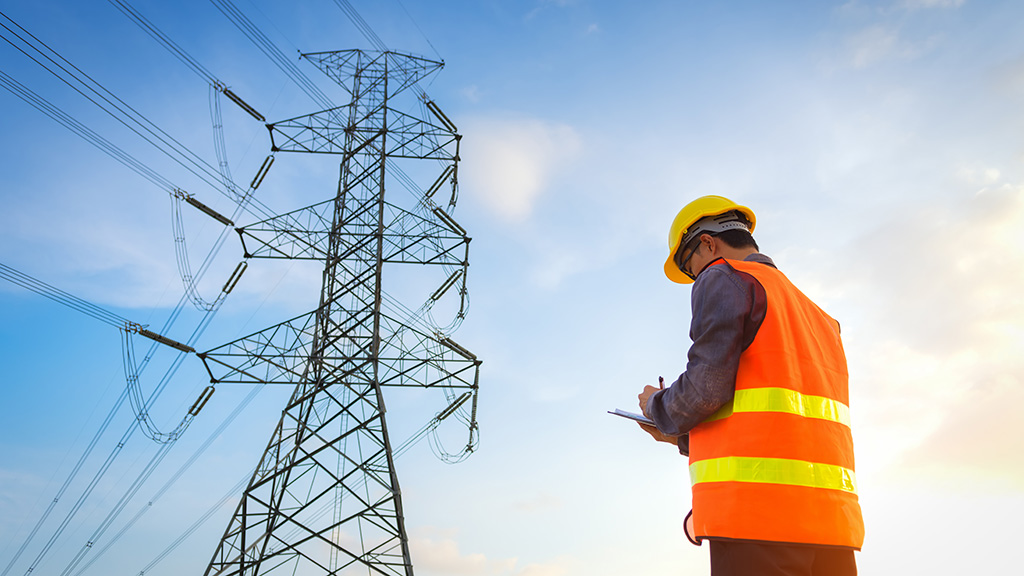

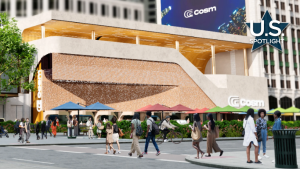

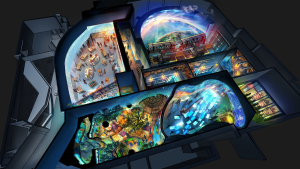
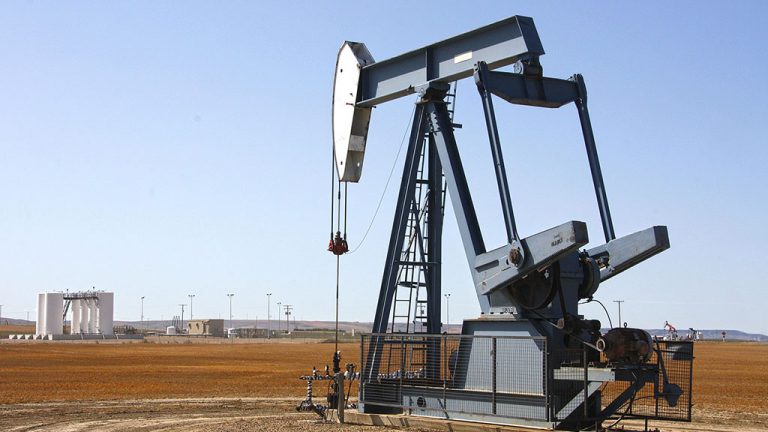

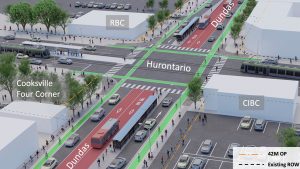

Recent Comments
comments for this post are closed